It’s been a while since West Ham were bringing the likes of Joe Cole, Rio Ferdinand, Michael Carrick, and current Chelsea manager Frank Lampard into the first team, but there have been recent signs of life from the academy. Of course, Declan Rice has burst onto the scene, while this summer saw the departure of Jeremy Ngakia on a free transfer to Watford, which was a major disappointment for the club. Finally, Grady Diangana shone on loan in the Championship last season with West Brom, yet West Ham decided to cash in on him rather than give him a chance in the first team. When Declan Rice inevitably leaves either this summer or the next, that could well be a trio of outstanding young, English footballers who came through the youth ranks of the Hammers, yet left the club before their full potential was realised. If the board want to get the restless West Ham faithful back on side, they could do worse than to provide a pathway for their youth players to make a mark in the starting XI. All fans love seeing “one of their own” playing week in, week out, and with both Ngakia and Diangana leaving so easily, the next crop of academy players coming through will have more pressure on them to make the grade and fill the homegrown quota void, currently filled by the likes of 33-year-old Mark Noble and 24-year-old Josh Cullen.
The likes of Cullen and Nathan Holland should and could feature this season, whilst goalkeeper Nathan Trott, central-midfielder Conor Coventry, and centre-back Aji Alese are others who will look to break into the side of the next few years, however, an injury at the start of last season has allowed Ben Johnson to fly somewhat under the radar. Johnson originally made his debut by being thrusted into the starting line-up of an injury-plagued West Ham side away to Manchester City back in February of 2019. West Ham lost 1-0 but Johnson held his own playing at left-back (though he is a right-back by trade).
Johnson was believed to be West Ham’s second favoured right-back going into last season, behind Ryan Fredericks, but ahead of Pablo Zabaleta, yet two consecutive hamstring injuries, along with the form of the aforementioned Ngakia, essentially wrote off his entire season.
This scout report and tactical analysis is going to look at a youngster, who, at the time of writing, has played only eight times for West Ham over three seasons, yet this report will look breaking down his tendencies and all-round ability to give a more detailed analysis of a player who could well take the starting right-back spot from Fredericks this season.
Tactical profile
Johnson benefits from his ability to play in either full-back position, and whilst he is right-footed, he is suitably comfortable on his left to play at left-back with no obvious concerns.
On top of playing on either flank as a full-back, Johnson has also been used in the wing-back position as part of West Ham’s tactics where they have fielded a 5-4-1. Whilst Johnson isn’t the finished article he has the potential to be a potent attacking full-back, and he looks at home going forward, potentially down to his pedigree as a winger in his time in the West Ham academy.
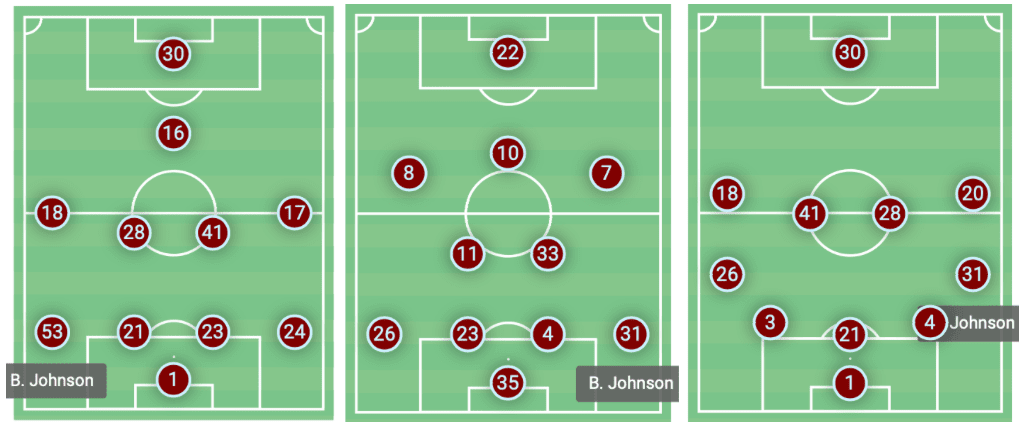
Positioning
Regardless of whether being played as a wing-back, left-back, or right-back, Johnson is naturally inclined to support any attack and gives height and width with his side in possession, offering a useful outlet for a switch of play. With Johnson’s pace and dribbling ability, he is as good receiving the ball to feet and driving forward himself, or when looking to latch onto a diagonal ball over the opposition full-back.
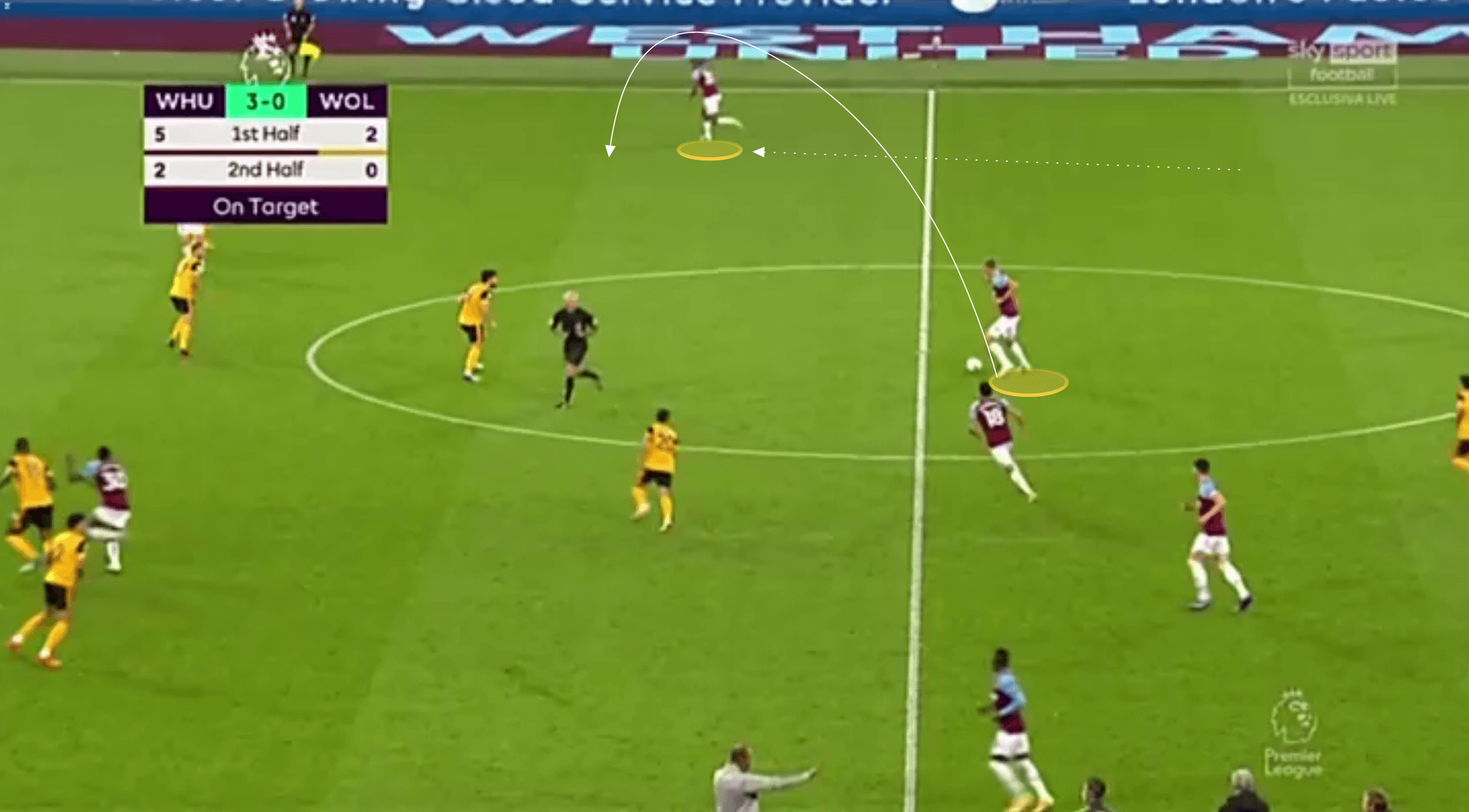
He pushes high to support attacks even more so with the ball down his own flank already, making late runs to support the winger in front of him. As such, Johnson isn’t the type of full-back to be the dominant attacking force on his wing, but provides useful support in creating a 2 v 1 overload.
The two examples come from the recent Carabao Cup game against Hull and are only minutes apart. In the first instance, we see how Johnson makes a late run to overlap Felipe Anderson. Johnson works hard and will always make this overlapping run, even if he isn’t to receive the ball, if only to create enough space for the ball-carrier to potentially get inside the box or make a cross. This shows great effort and teamwork from Johnson.
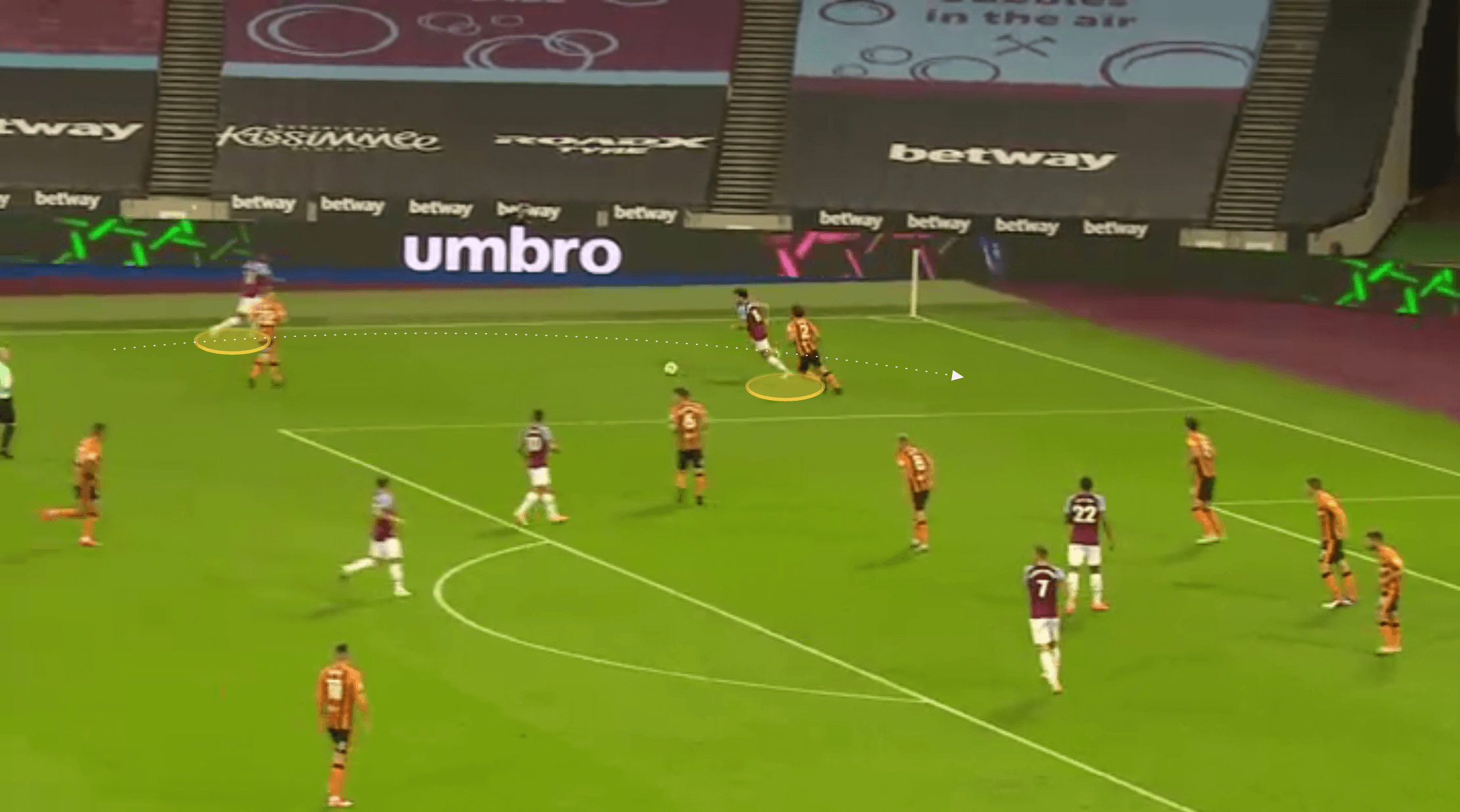
However, he isn’t making mindless runs up and down the wing just to create space and he has an eye for space and his overall timing of his runs is excellent.
In the second instance, we see him cut inside rather than overlap, as he receives the ball on the edge of the box.
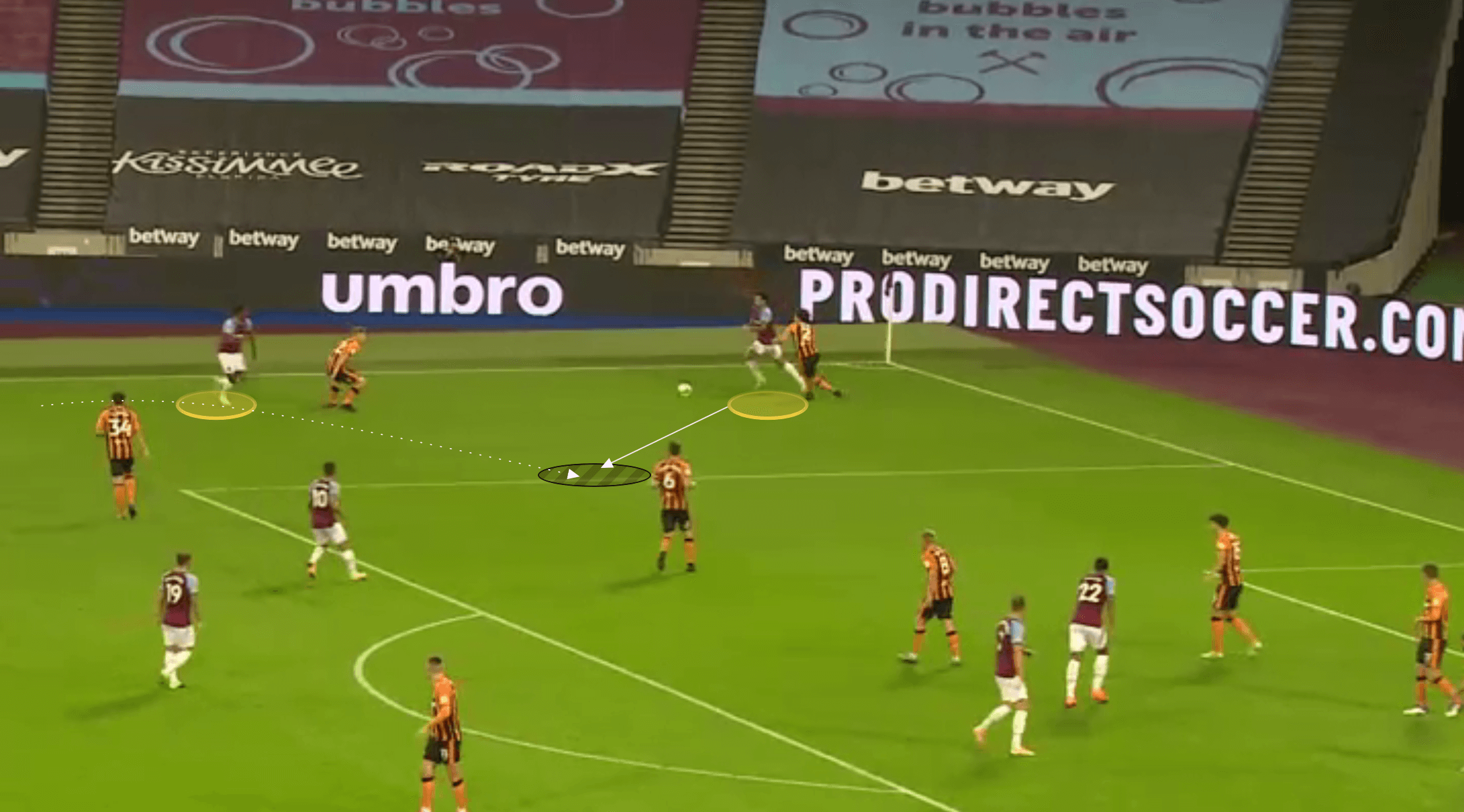
Attacking contribution
Possibly down to his time as a winger in his youth career, Johnson loves to dribble at opponents and is as good in tight spaces as he is when running at a defender with space behind to attack. In his seven senior games so far in his career at West Ham, he’s averaged a 61.5% completion on his two dribbles per game. The amount he is attempting isn’t outstanding by any means, but his completion is of a very high level. Johnson has a terrific turn of pace over 5-10 yards, whilst he is comfortable driving either side of the defender with no real preference.
His ability to improvise in tight spaces and when under pressure makes him difficult for defenders to deal with, as we can see from the Carabao Cup game against Charlton. As the ball appears to be running out, Johnson flicks the ball behind him and loops around the defender, carrying the ball into the 18-yard-box.
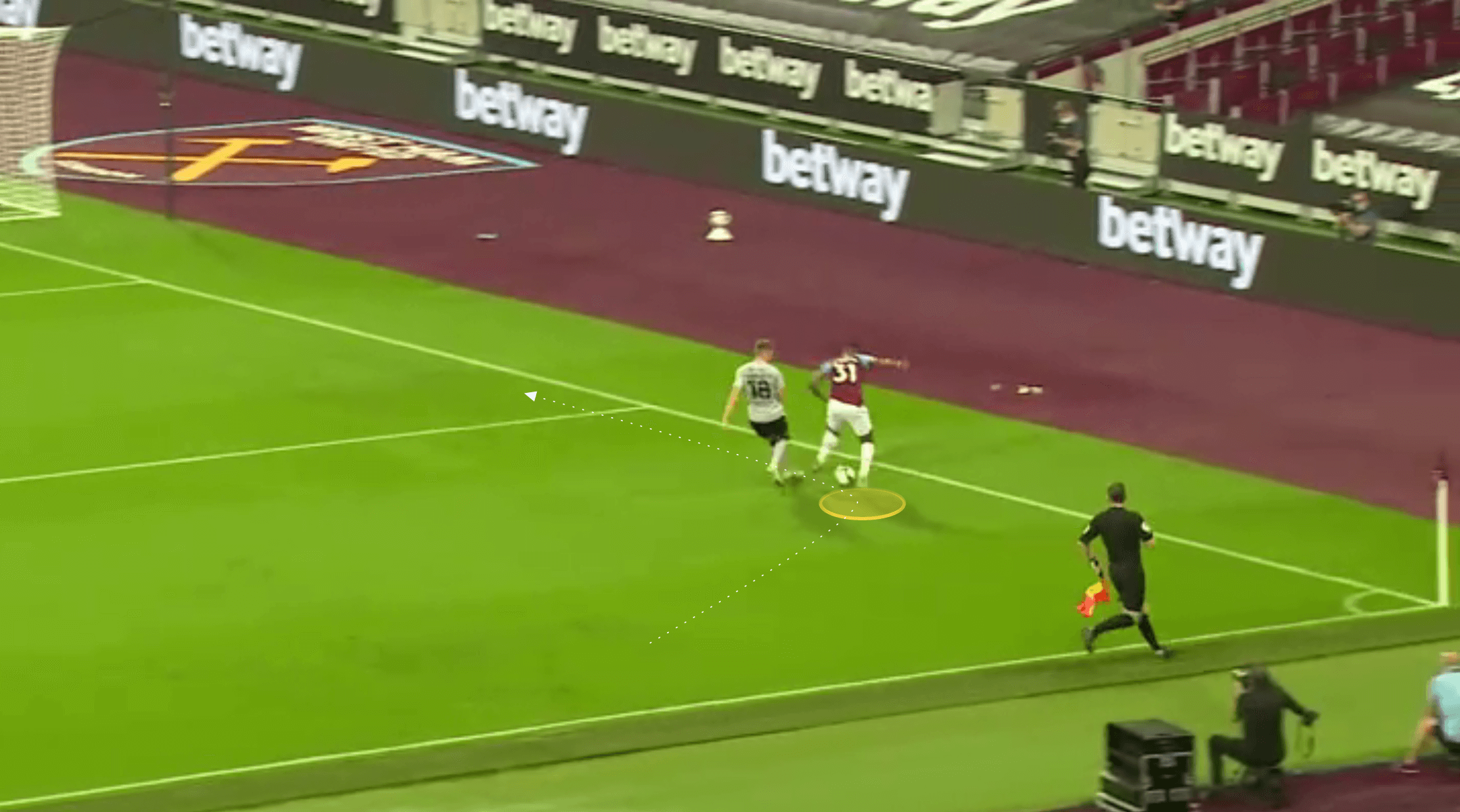
At 175 cm tall, Johnson isn’t tall, but he’s relatively well-built for a 20-year-old and his speed along with his strength make him difficult to stop when he takes an aggressive touch past a defender.
He is best at this when taking this aggressive touch at an angle, cutting his body across his marker where he can win with a free-kick or simply bypass the defender. We can see him doing this in the image below. From these areas, Johnson can look to cross or continue his dribble.
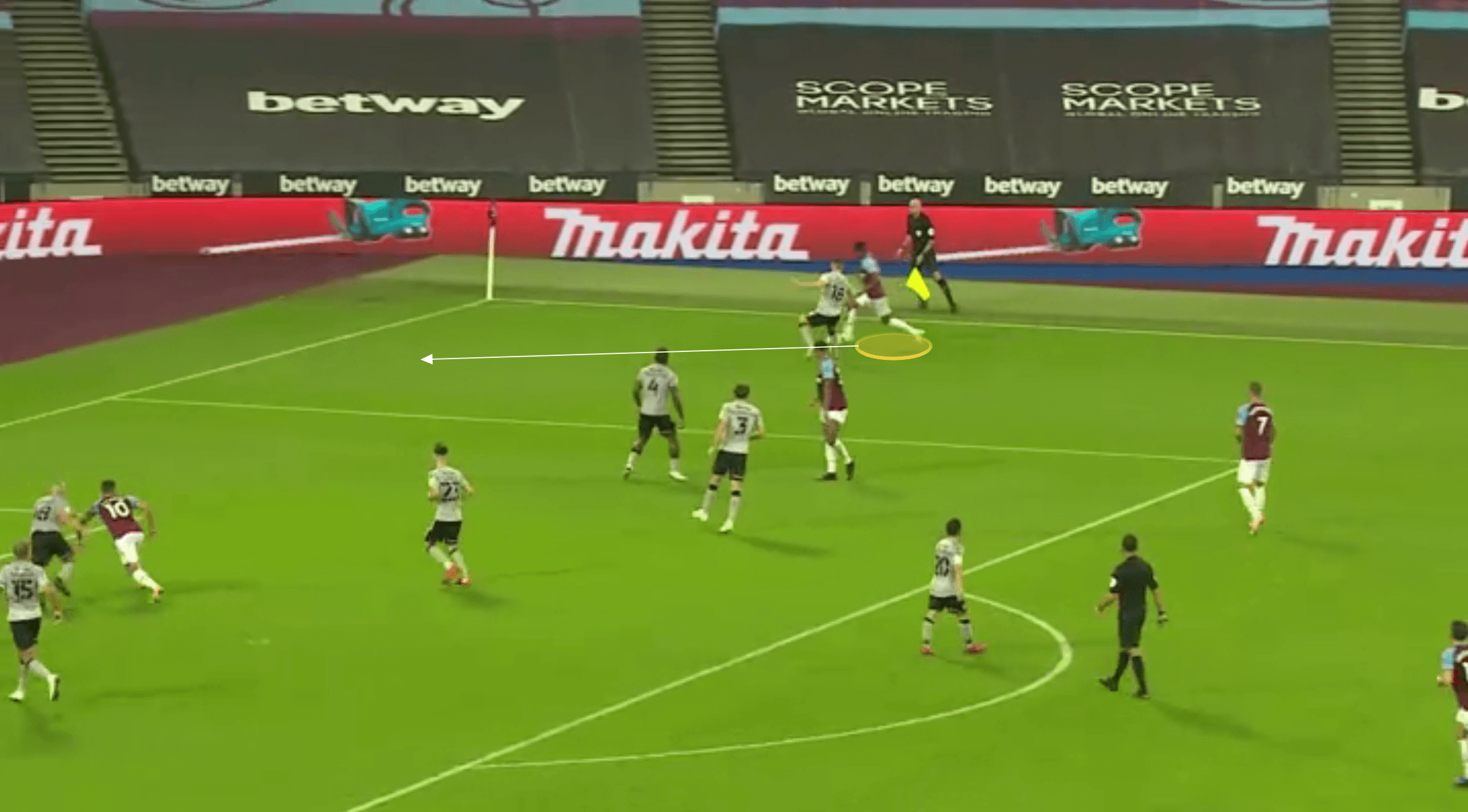
Whilst his dribbling is a strength in his game, and his short passing certainly isn’t an issue, there is a lack of consistency in his long passing and, relative to his work in the final third, his crossing.
Johnson doesn’t lack confidence, and if the opportunity presents itself he will attempt the cross, and as we can see in the image below, it doesn’t matter if this is from the left-flank.
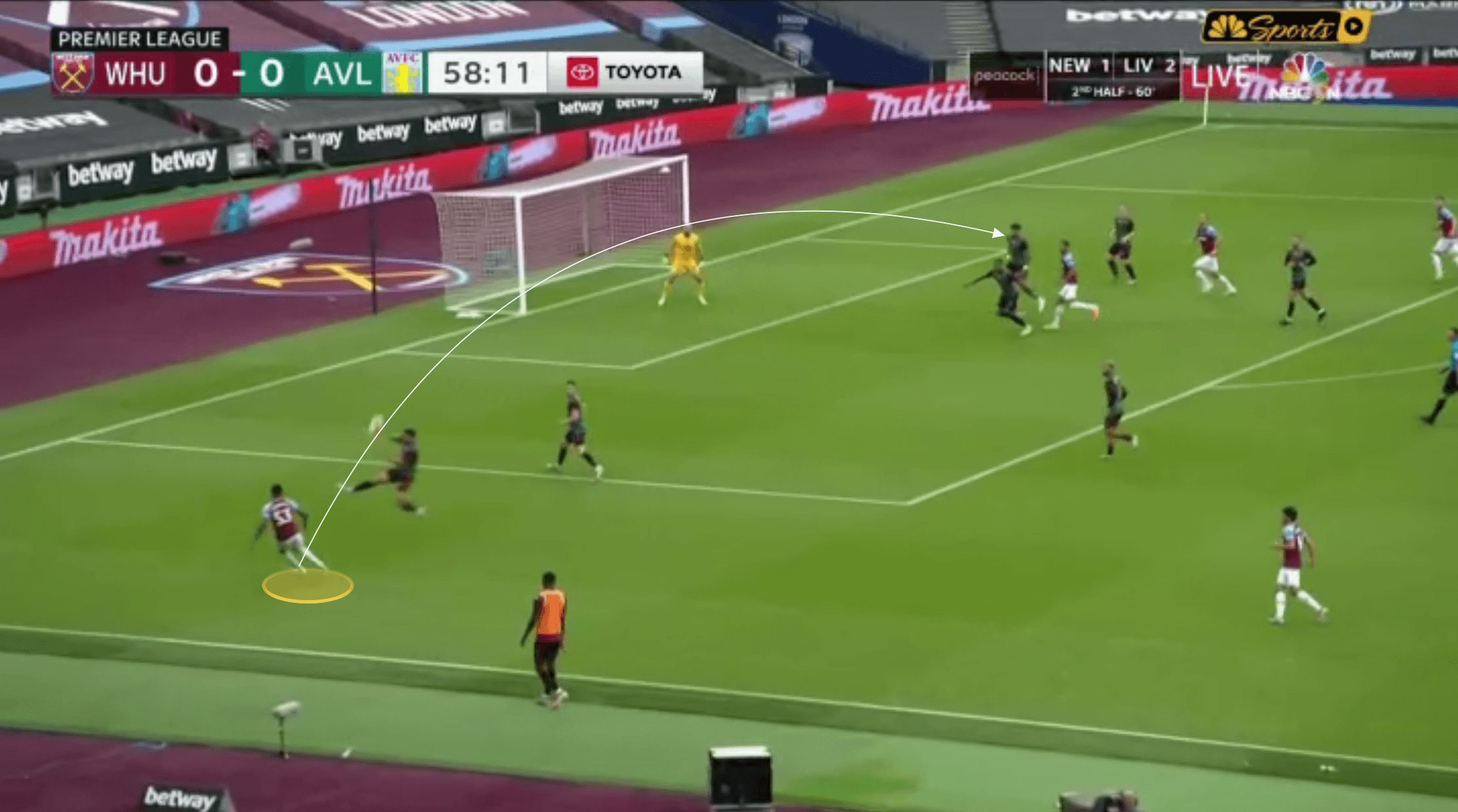
Unfortunately, Johnson doesn’t cross frequently enough and is yet to really find a high volume either. His 27.8% completion from his 2.77 cross attempts per 90 leaves a lot to be desired.
The majority of his crosses come from advanced areas rather than from further out, and he often struggles to beat the first man. Sometimes this is down to him looking to drive a cross inside, but there have been enough times where he has unsuccessfully looked to float a cross without beating the first man to know that this is an area he needs to develop.
Perhaps this is because he is new to first-team football, but there are times where there is an obvious timidness in his game, and he would benefit from being braver, or at least making his decisions quicker in these instances.
Below he receives a pass where he could either drive inside or look to whip a ball across goal first time.
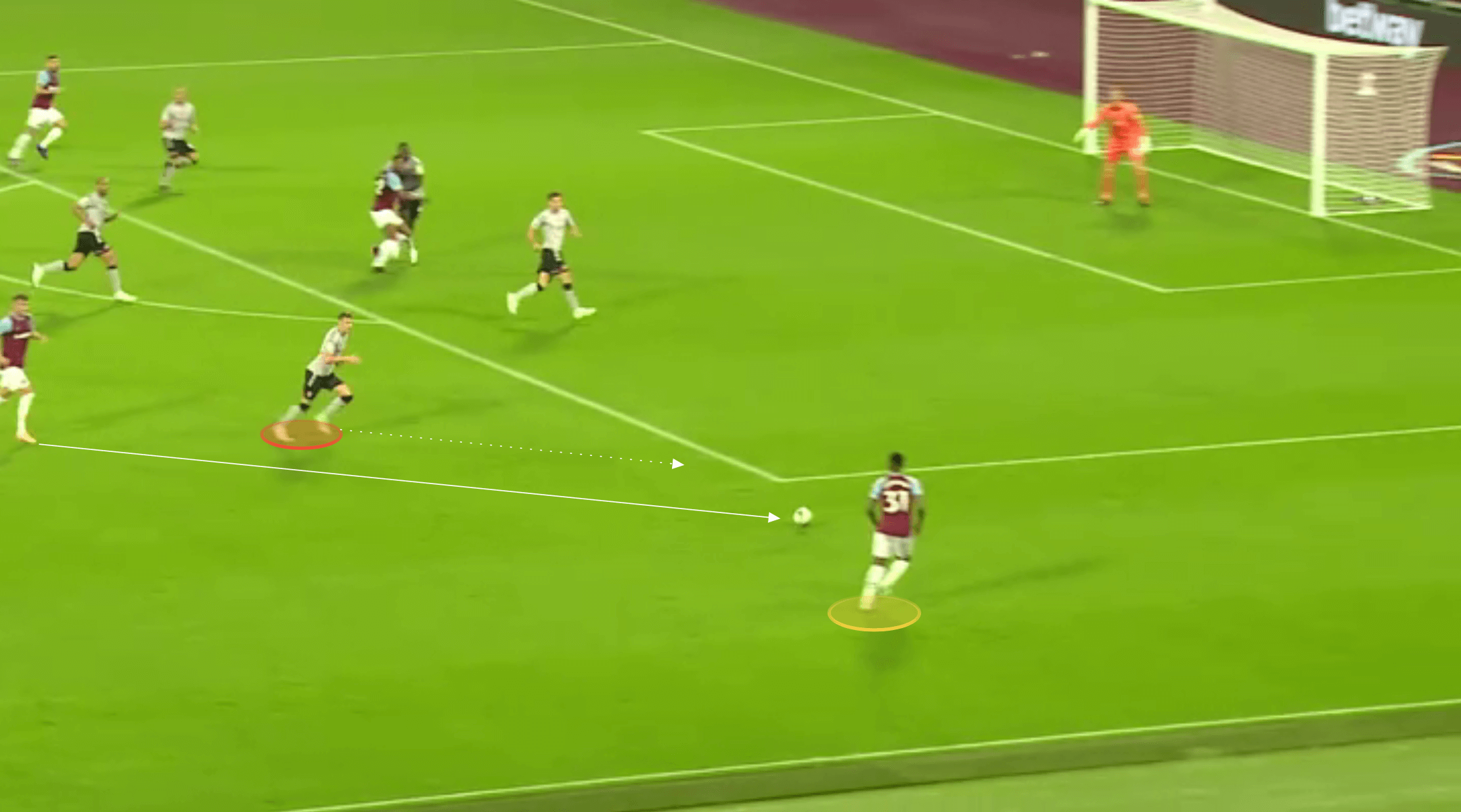
Instead, he opts to take a touch, which unfortunately leads him down the line rather than inside, and provides an opportunity for the defender to cover, where they now can block the cross, or at least oppose any dribble from Johnson, whilst the opposition defence inside the box is now set, balanced, and ready to defend a cross, whereas before they were less so.
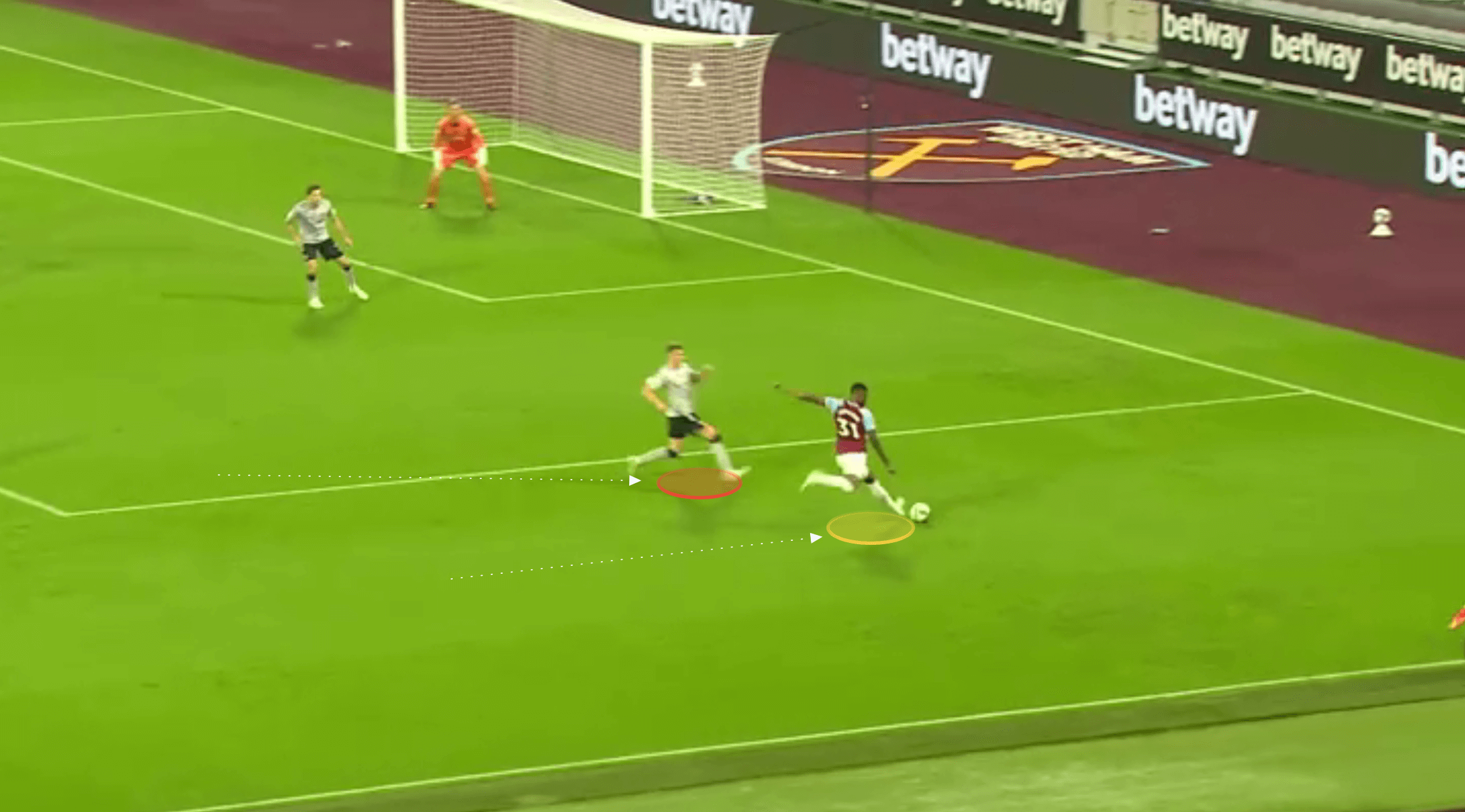
With his longer passing, Johnson is comfortable switching play or hitting diagonal balls to seek out a high positioned full-back or winger on the other flank, but again the consistency is lacking somewhat. When playing longer passes either down the line or diagonally, again he can underhit these or not put enough weight on the pass, allowing them to be cut out too easily. If he switches play laterally, his accuracy can be found wanting too. We see how his switch of play in the image below makes Cresswell have to check his run and turn back in an attempt to receive the pass. All players will hit inaccurate passes, but there is an element of sloppiness to this area of Johnson’s game.
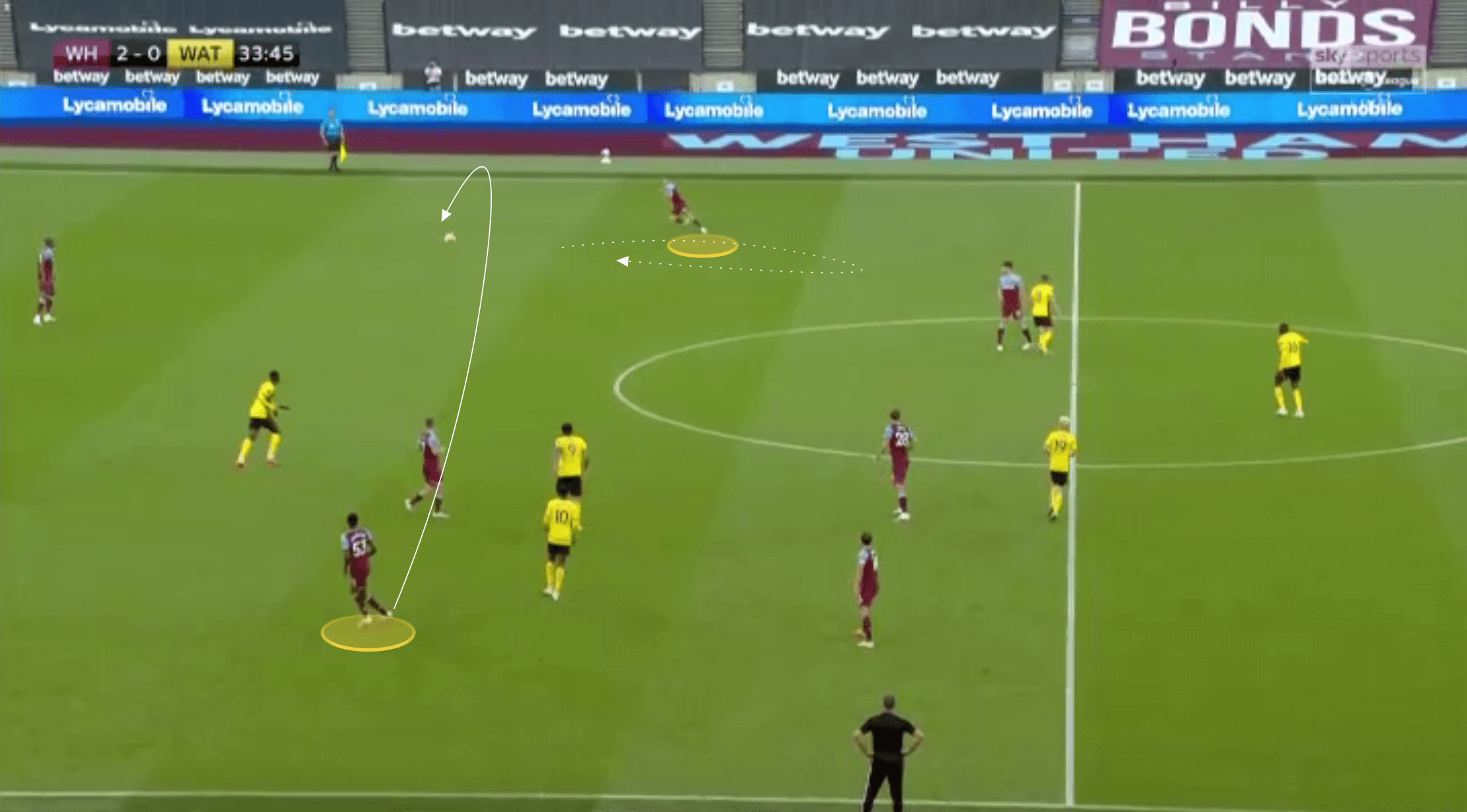
Defensive output
Johnson is a relatively disciplined defender, rarely getting pulled away from his defence. This is certainly the case with his verticality at least, where even when he is transitioning from being in a high attacking position into defence, he is very quick to do this and tuck back. He struggles a little more so in getting isolated on the wings, although this isn’t a common occurrence. However, when it does happen, like in the image below, Johnson has a quick change of direction and the pace as well to be able to press the ball-carrier as he does here and yet covers himself by quickly dropping to pick up the winger too.
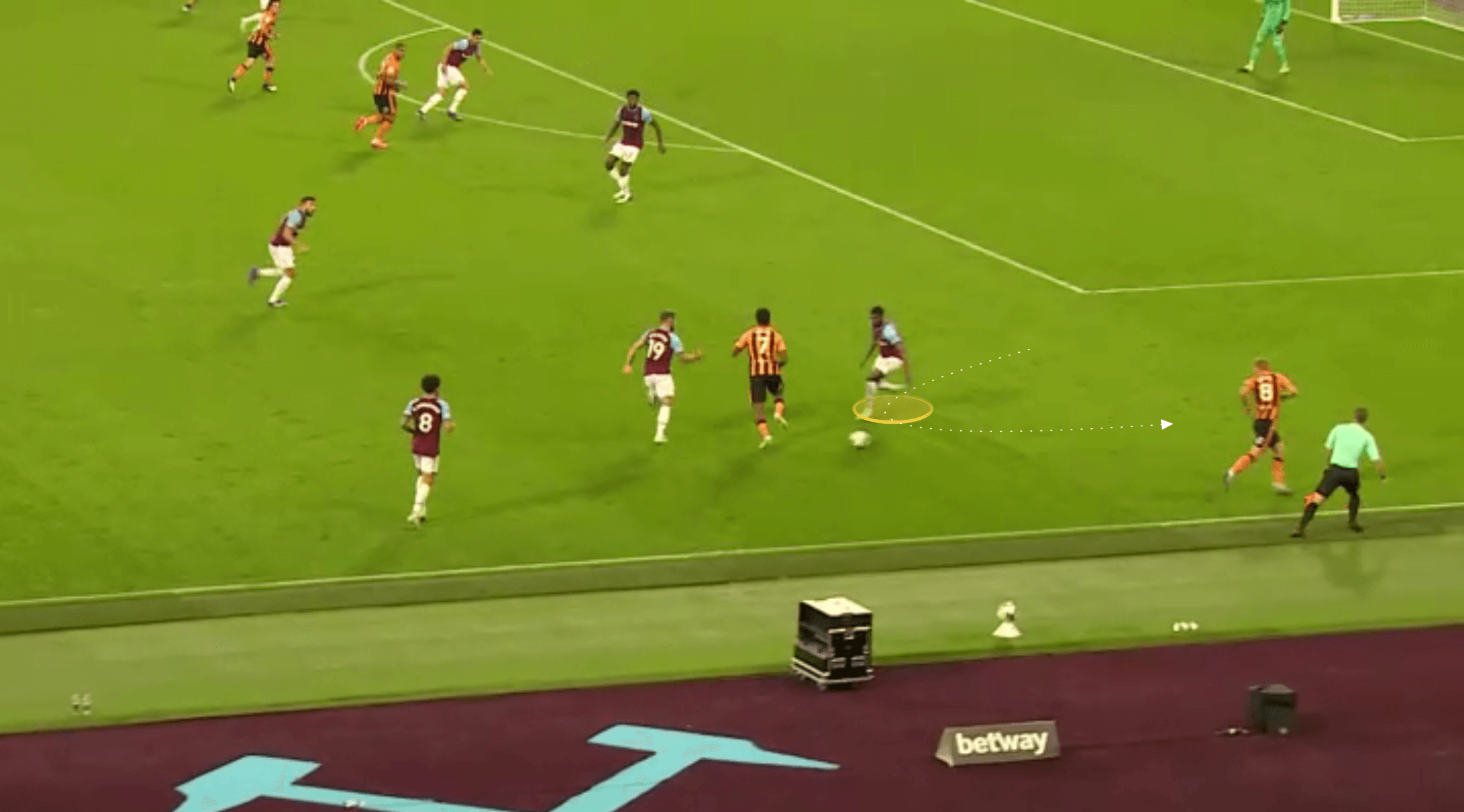
With regards to his prowess in duels, there is definitely room to grow. Whilst he performs admirably aerially – winning 53.8% of his aerial duels, he wins just 46% of his defensive duels. As much ability as he has going forward, this is an area of his game he has to improve upon in order to be an effective all-round full-back.
He lacks conviction in his decision-making and how much space he gives opponents. When looking to show an opponent one way, like away from the centre of the pitch, he gives far too much space on his inside, where he can be too easily bypassed.
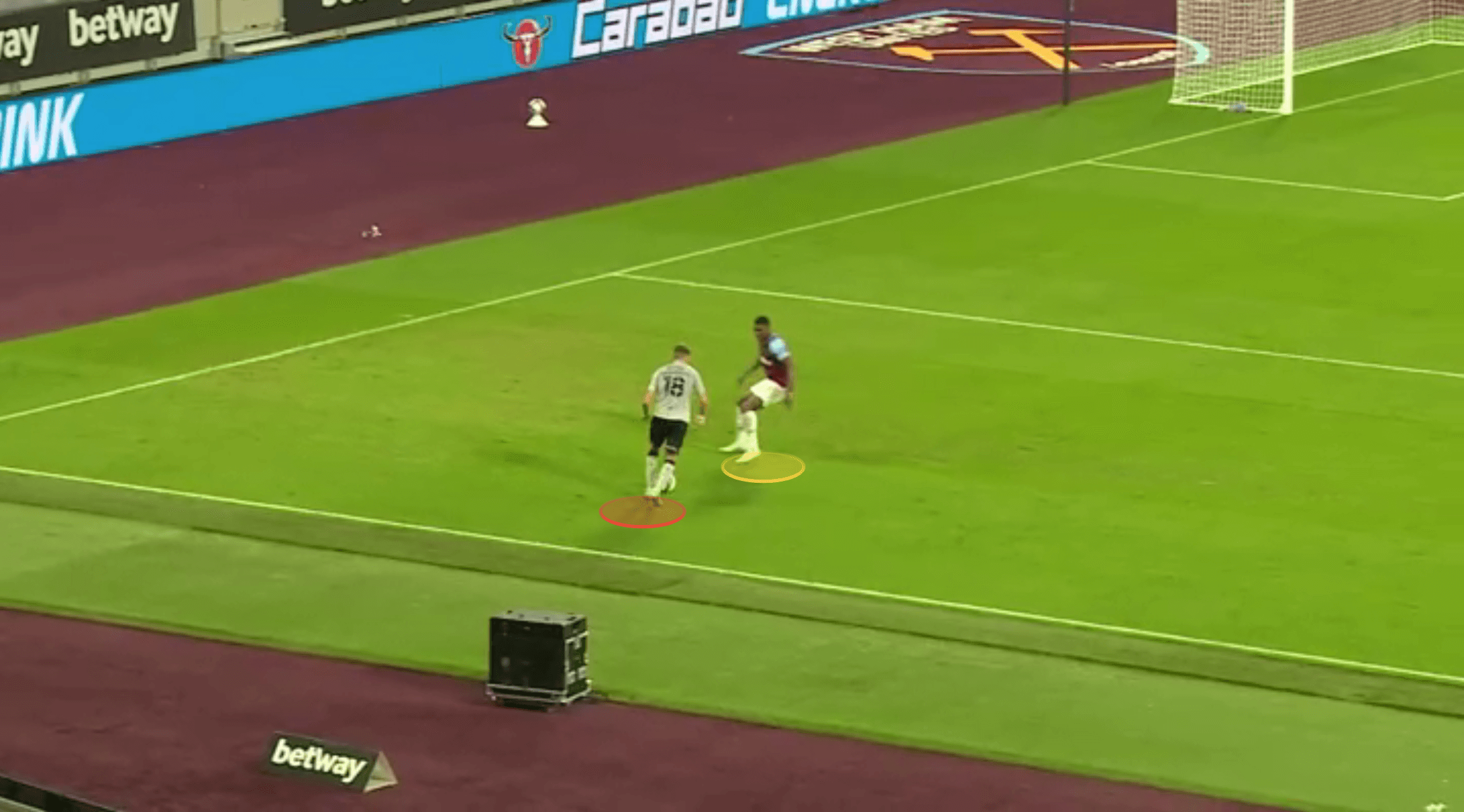
This is evident in the image above, and subsequently in the image below, as Johnson doesn’t push the opponent down the outside enough, and instead allows them to cut inside with ease, whilst, with his closest centre-back out of the picture here, Johnson needs to hold the opponent up for as long as possible to allow his teammates to cover the space behind him.
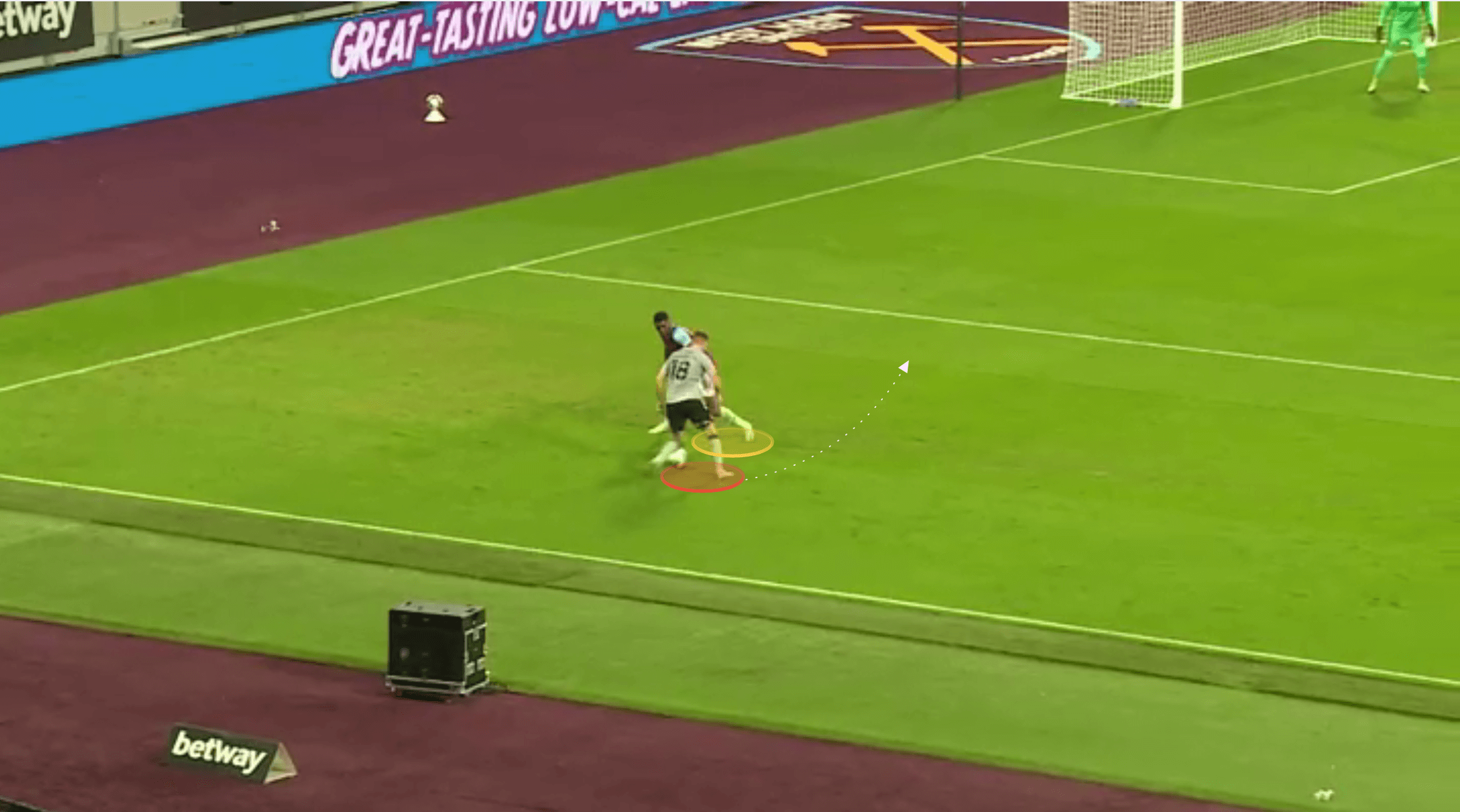
Whilst he gives too much space at times, there are other instances where he gets far too close and in doing so surrenders the space behind him once more. He has the tendency to rush into tackles, diving in, and allowing himself to be beaten by one big touch from the opponent.
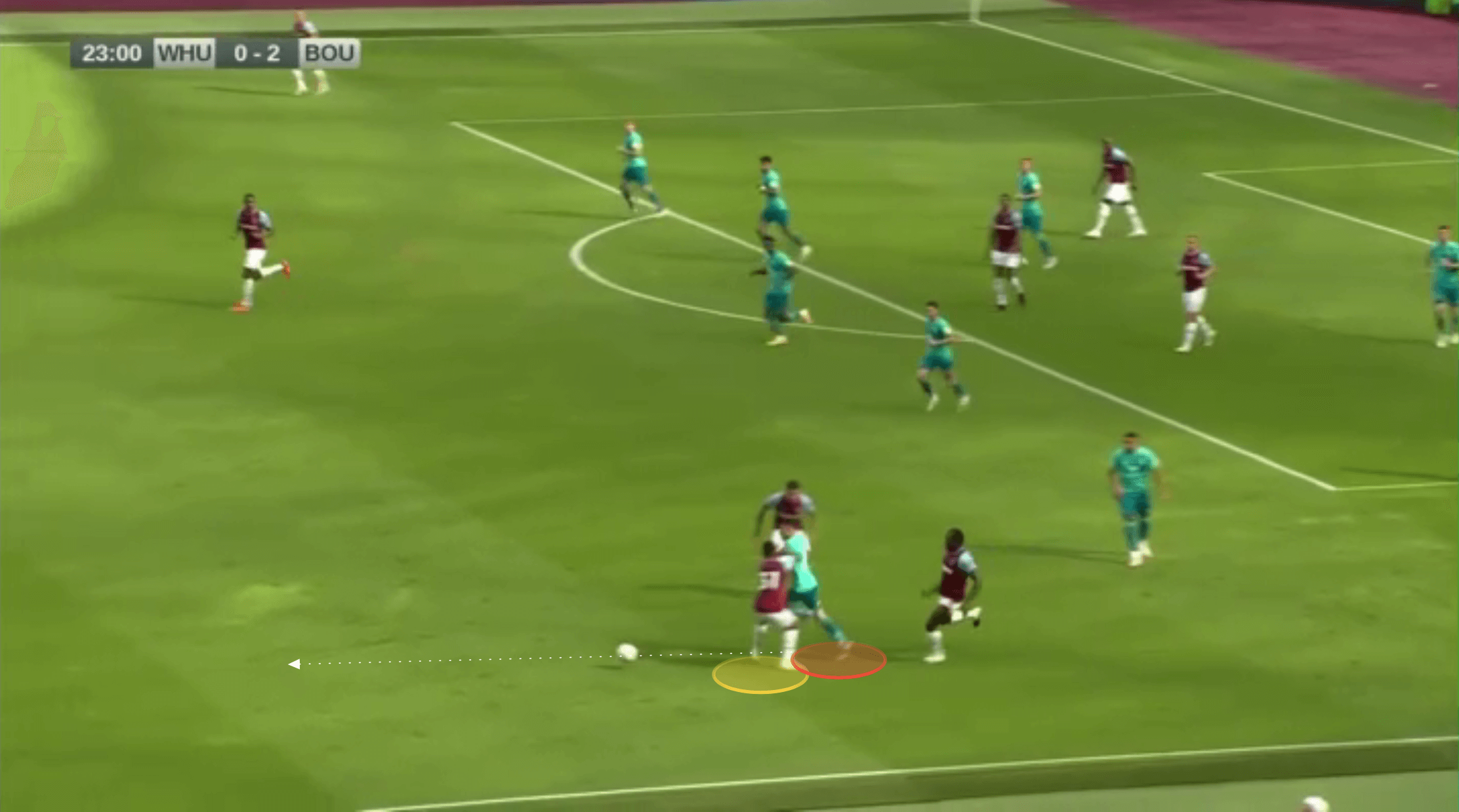
Johnson has no need to defend like this. As mentioned, he has strength, pace, and a decent level of positional awareness. If he can add some patience to his game, and more consistency with his proximity to his opponent, he will be very hard to beat in 1 v 1 situations.
There is a naivety to this aspect of his game. Similarly to the example above, Johnson will allow himself to get too tight to opponents in a bid to prevent them from being able to turn when they’re facing their own goal, like in the example below.
However, by being too eager he can give away unnecessary fouls in the opposition’s defensive third, when they are under pressure and struggling to beat the West Ham press. By giving away a needless foul in this scenario he lets the opposition off, and the outcome of a free-kick is a success for them.
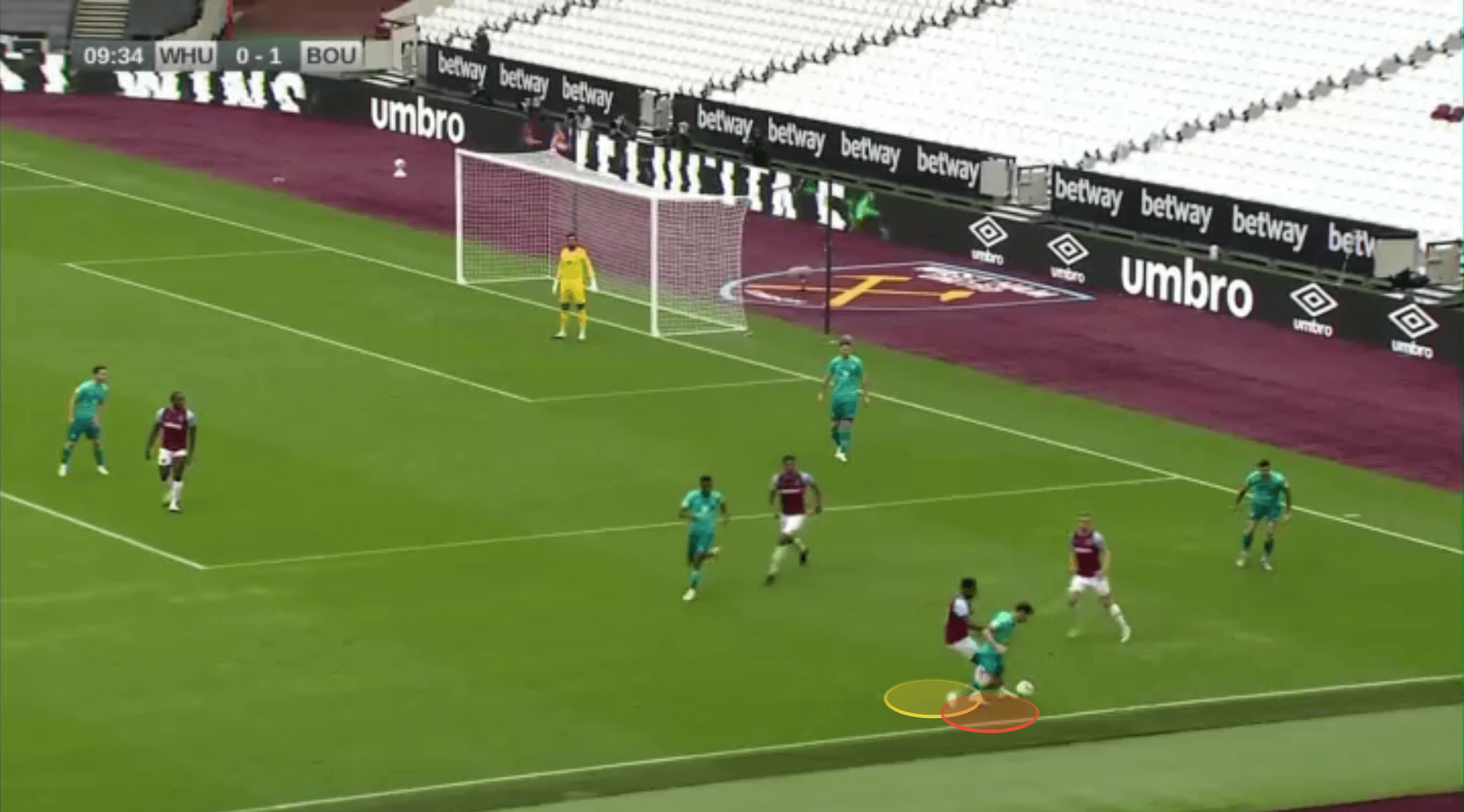
Conclusion
Right now Johnson is an individual with a lot of potential, but he is far from the finished product. With Ryan Fredericks as the first choice right-back, West Ham have a player who is injury prone and whose form is inconsistent, to say the least. Johnson will see plenty of first-team football this season should West Ham avoid sending him out on loan, and whilst this will absolutely help his overall game, he needs to be protected and slowly brought into the team, rather than thrust in before he is fully ready. If he can add a consistent delivery from wide areas to go with his excellent dribbling ability, and work on his patience in defensive duels – which will undoubtedly improve his win percentage, he can truly become a well-rounded full-back who can be an ever-present in the West Ham defence for many years to come.

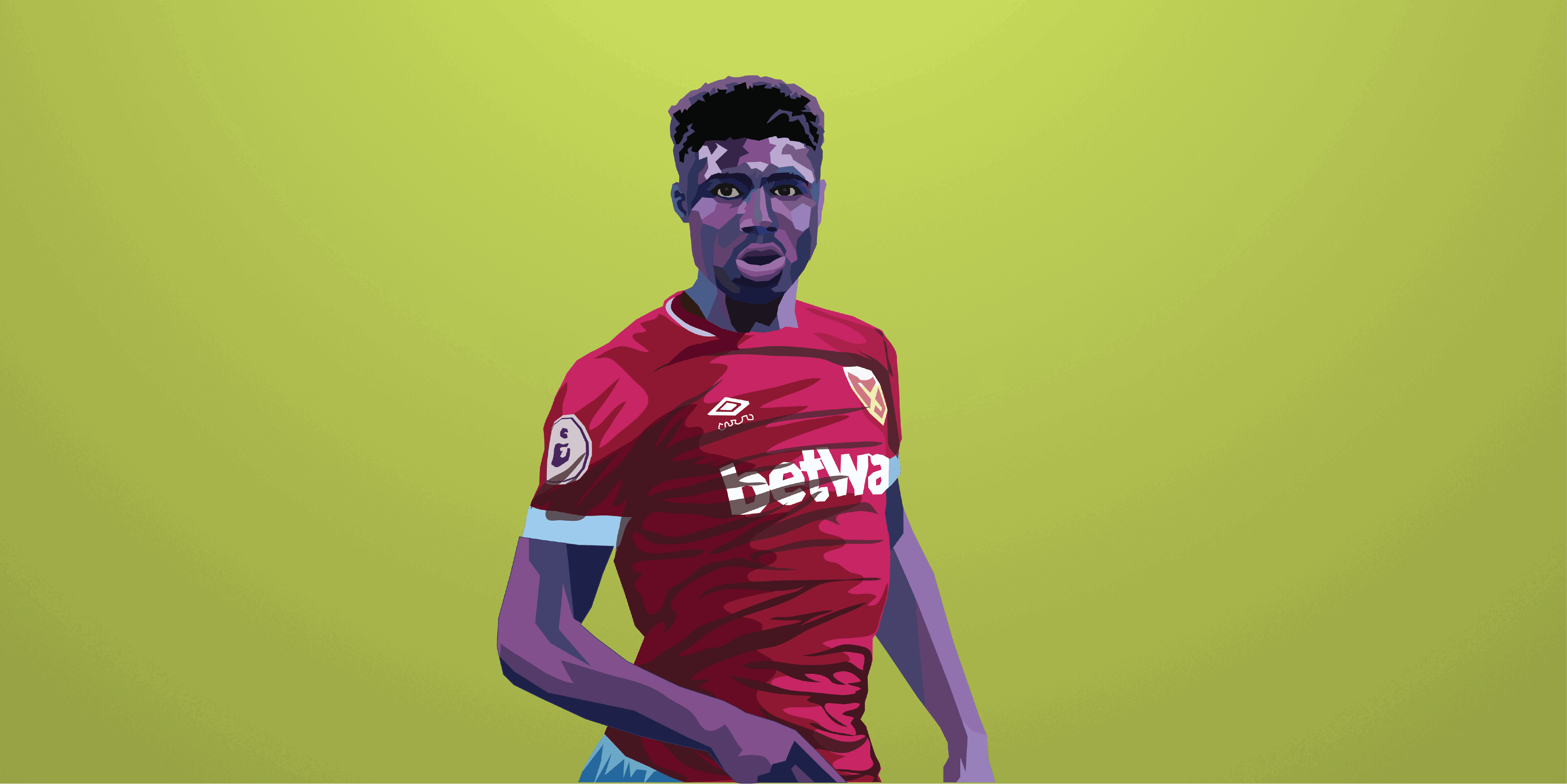


Comments